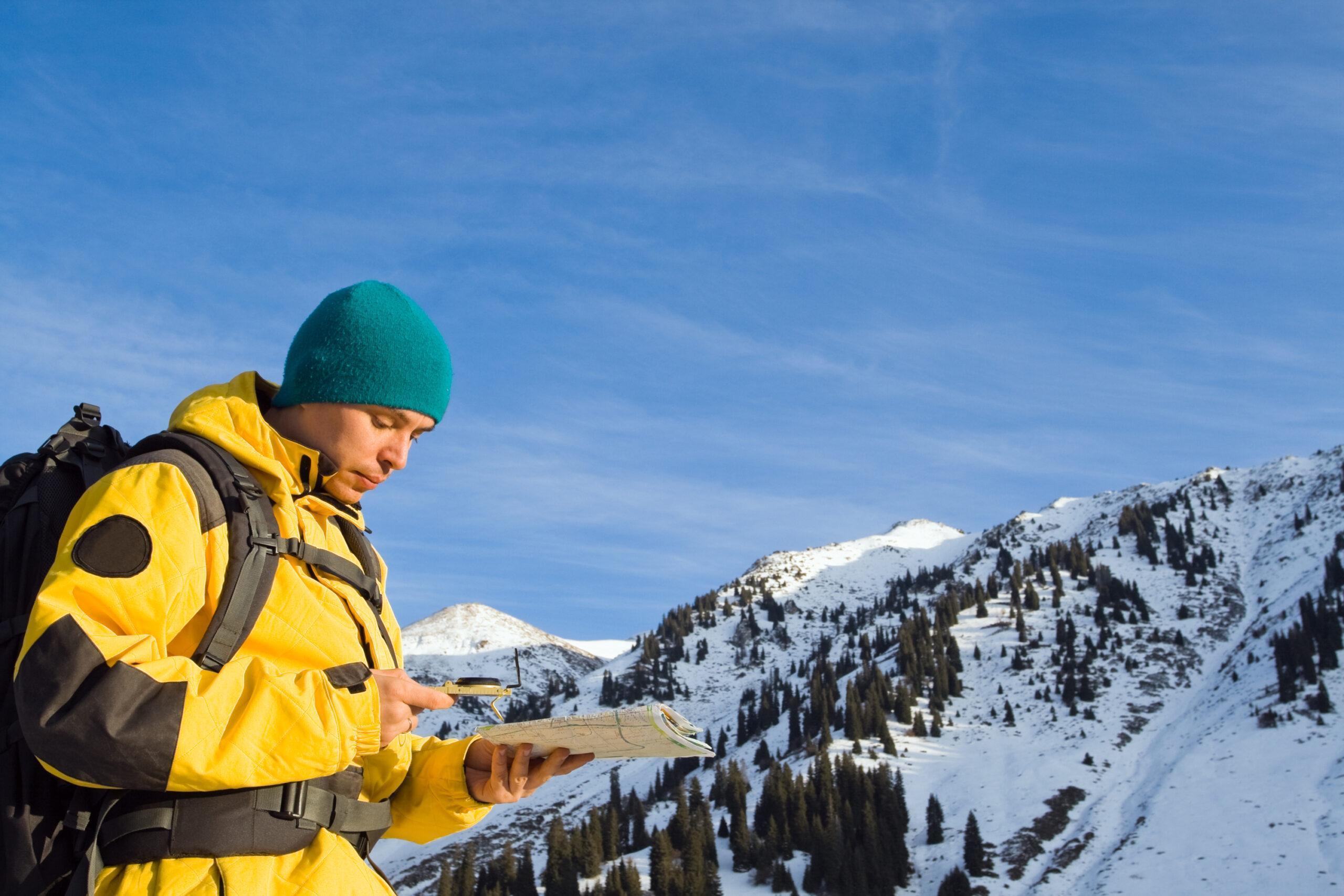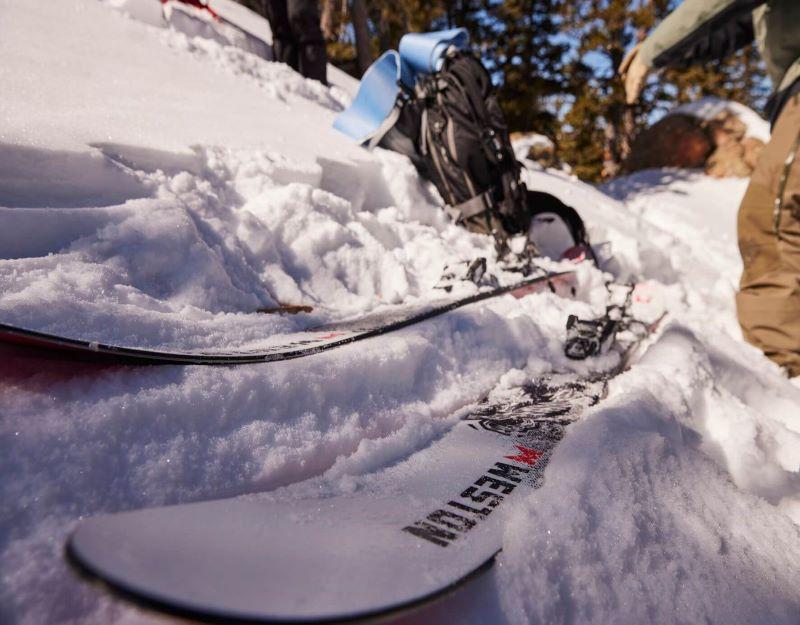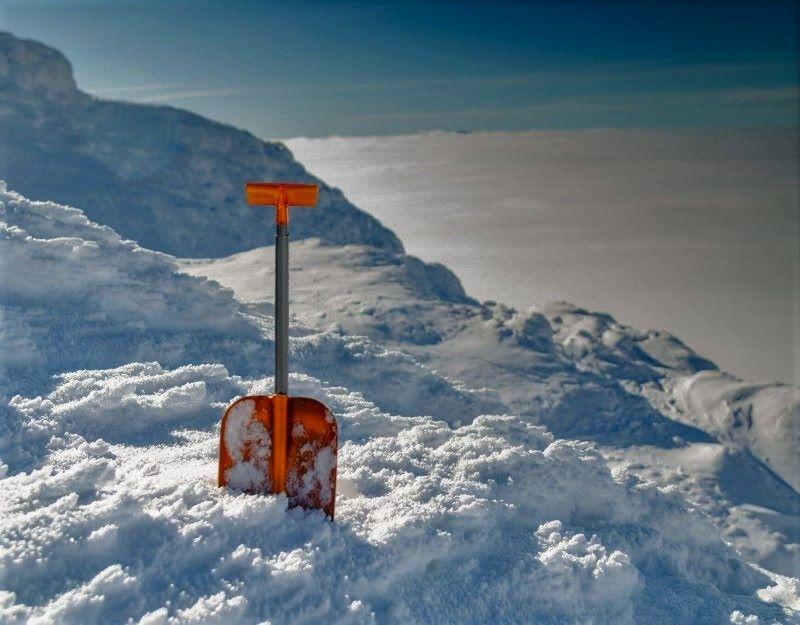Traveling in the winter backcountry requires a strong understanding of avalanche risk and the knowledge to mitigate these risks through appropriate terrain assessment and decision making. There are several different options when it comes to avalanche education.
Free Resources – Start with books, online searches, free clinics or seminars. Our free Avvy Savvy Clinic series is a great place to start learning.
Intro to Backcountry Course or Go with a Mentor – Next we would recommend going out with somebody else experienced or to book a 1-day Intro to Backcountry Course. This field-based course covers gear use, avalanche awareness, terrain use and management, and more.
AIARE Avalanche Level 1 – Now that you have a solid understanding of how your gear works, you’ve learned some basic touring skills, and taken an introduction to terrain and avalanche awareness, it’s time to get some education. We recommend taking an AIARE (American Institute for Avalanche Research and Education) course. AIARE is the gold standard in avalanche education and Colorado Adventure Guides is the largest AIARE education provider in the state.
AIARE Avalanche Level 2 Course – You took your knowledge and put it use. Now that you have some experience applying the knowledge and processes that you learned in your AIARE 1 course, take it a step further and learn how to become a leader within a small group and close gaps of uncertainty in the backcountry in one of our AIARE 2 courses.
Pro Level Avalanche Course – If you’re looking to continue your education, or are looking to start working in the industry, take a Pro level course. Dive deeper into operational and advanced topics in these courses and learn how to mitigate risk from the operational side.
Avalanche Refresher Course – If you don’t use it, you lose it! If it’s been a while since your last avalanche course or you haven’t practiced your skills recently, consider taking a refresher course, reviewing your materials, or attending free clinics and seminars. Staying current helps keep your skills sharp and ensures you’re up to date on the latest avalanche safety practices.












